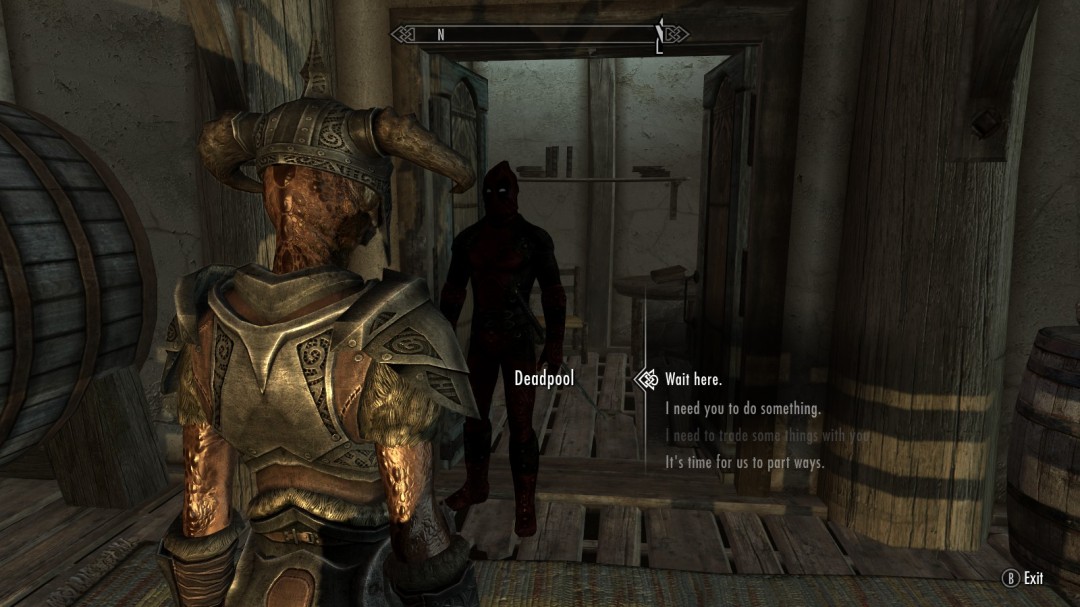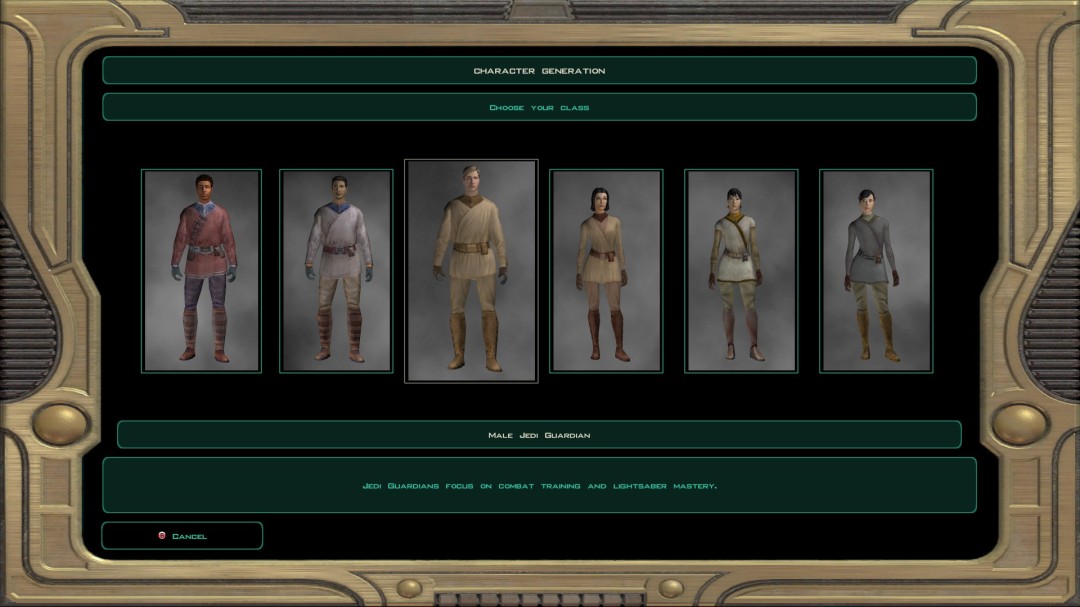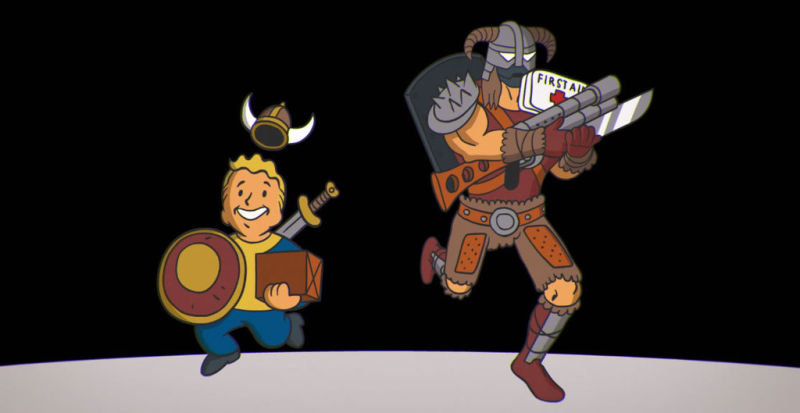
When it comes to video-games, there’s a lot of things that can lead a series to success. Be it unique gameplay quirks, tons of content, or just a really nice visual style. A good selling point for a game is the protagonist you get to play as. A lot of games will often give you a pre-made hero, and require you to play through that character’s story. All of his character traits, personality quirks, and other such defining elements have already been fleshed out.
Examples of these are Death from Darksiders, Nathan Drake from Uncharted, Sir Daniel Fortesque from Medievil. Characters that already exist within this world make for good protagonists, giving the designers leeway to toy around with their backstory and motivations. However, within the later years of gaming emerged a new and ever-growing trend: Custom characters.

Custom characters started becoming more of a thing in the late 90s and early 2000s, eventually becoming a fixture for a lot of franchises. It’s hard to play a modern Phantasy Star, Dragon Ball, or wrestling game that doesn’t have this feature inserted into it. A lot of franchises now allow you to create your own characters, allowing you to insert yourself into the story.
Character creation adds so many opportunities for the player to weave their own persona into the game, allowing for more immersion. This begs a very important question, though: Which kind of protagonist is better? Is it the pre-made heroes, or the custom characters?
This is a tough question to answer, as I feel this comes down to personal preference. Some people prefer having a character that the game designers already made, as it allows them to get fully invested in this character and the story from the get-go. Other people (such as myself) prefer having custom characters, due to the creativity and role-play opportunities.

I often like to create a character and name him Jim, James, Jerald, or pretty much any name starting with a “J”. The thing is that since my name starts with a J, I like to create a character who’s name possesses the same letter. I feel this adds a bit of flair to the character, even before I decide on what the character should look like. Being able to personalize a character is one of the things I love about character creation.
That being said, custom characters can also be a doubled edge sword. Most games prefer not to give your custom character a voice, instead opting to have the character grunt. This means that your character will in most cases not have a speaking voice, which may be a good or bad thing depending on your views. I like having a character who doesn’t talk, but it can sometimes make me feel disconnected from the story.
Also, a custom character will never appear in full during cinematic cut-scenes. This is due to cinematic not running on the in-game engines. Normal cut-scenes will feature custom characters, but cinematic ones will often feature your character obscured or in a different outfit. Again, this is done to avoid breaking player immersion.

This is far different for pre-made hero, as these characters often have a singular fixed design. A hero that was already made by the developers tends to feel like a more fleshed out character than a custom creation. For one thing, pre-made heroes can show up in all cut-scenes, are voice-acted (sometimes), and feel more like a living breathing part of this fictional world.
More often than not, a custom character can feel out of place, due in part to the insane amount of odd customization options. Believe it or not, some games can often give you some ridiculous creation choices that take out of the game. A good example of this is in Dragon Ball Xenoverse, which gave you so many ridiculous character options. Heck, you could run around with insect wings for crying out loud!

Still, some games did do customization right. Fable: The Lost Chapters was a good example of this. In Fable, each character starts out identical to one another. However, your character changes as the game progresses. Choices you make decide how your character looks. For example, if you are evil then you will gain horns. Investing in certain stat trees can also change your hero’s look, such as gaining blue lines on your face if you become a mage.
How the character looks and behaves is determined entirely by how one plays the game. A rather obscure game named “Soul Sacrifice: Delta” has a unique take on this as well. In the game, you play as a prisoner who can’t be customized in any way. However, when he/she relives the memories of the sorcerer inside the book, the player is then given the opportunity to customize said character. In essence, you are just creating an avatar for the actual playable character to use.
So, to answer my original question: Which is better? While I think both pre-made heroes and custom character have their pros and cons, I prefer the latter. Custom characters just have so much versatility, plus it’s cool getting to design my own avatar within the game. Still, pre-made heroes are also pretty awesome, allowing the player to take on the role of an already pre-existing character.
In the end though, it doesn’t really matter which kind of hero I prefer. As long as the game is fun, entertaining, and thrilling, then I’ll continue to play it. Which kind of character the player is given shouldn’t impact what they enjoy too much, as long as the given character isn’t annoying or unlikable to said player. Be it either kind of character, I feel there’s a playable hero out there that every gamer can enjoy.



